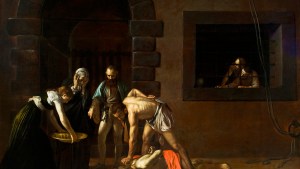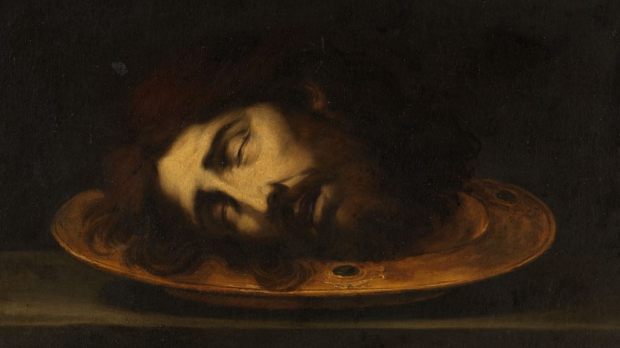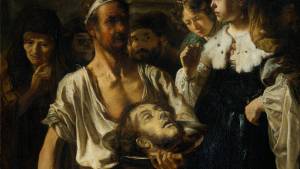The death of St. John the Baptist is traditionally observed on August 29 in the Roman Rite of the Catholic Church, as well as in many Eastern Catholic Churches.
However, it is celebrated under a few different names, each highlighting a different aspect of St. John the Baptist’s death.
1Passion of St. John the Baptist
Recently the Roman Rite of the Catholic Church has referred to August 29 as the “Passion of St. John the Baptist.” This name refers to the pain and suffering St. John the Baptist likely endured at his death. It also links his feast to Good Friday, called the “Passion of Our Lord, Jesus Christ.”
2Beheading of St. John the Baptist
Traditionally this feast is called the “Beheading of St. John the Baptist,” which is simply a more direct description of his death, as he was beheaded by Herod.
3The Beheading of the Holy Glorious Prophet, Forerunner of the Lord, John the Baptist
Many Eastern Christians (Byzantine and Orthodox), call this feast “The Beheading of the Prophet, Forerunner of the Lord, John the Baptist.” It’s a longer name, but highlights the role of St. John the Baptist as both prophet and “forerunner.”
The collect prayer for the Roman Rite explains what this means, “O God, who willed that Saint John the Baptist should go ahead of your Son both in his birth and in his death …” St. John the Baptist was the “forerunner” of Christ, preparing for the way of the Lord, but also imitating Jesus’ life and death as a prelude.



